Blind Flanges
High-quality blind flanges designed for reliable performance in various applications.

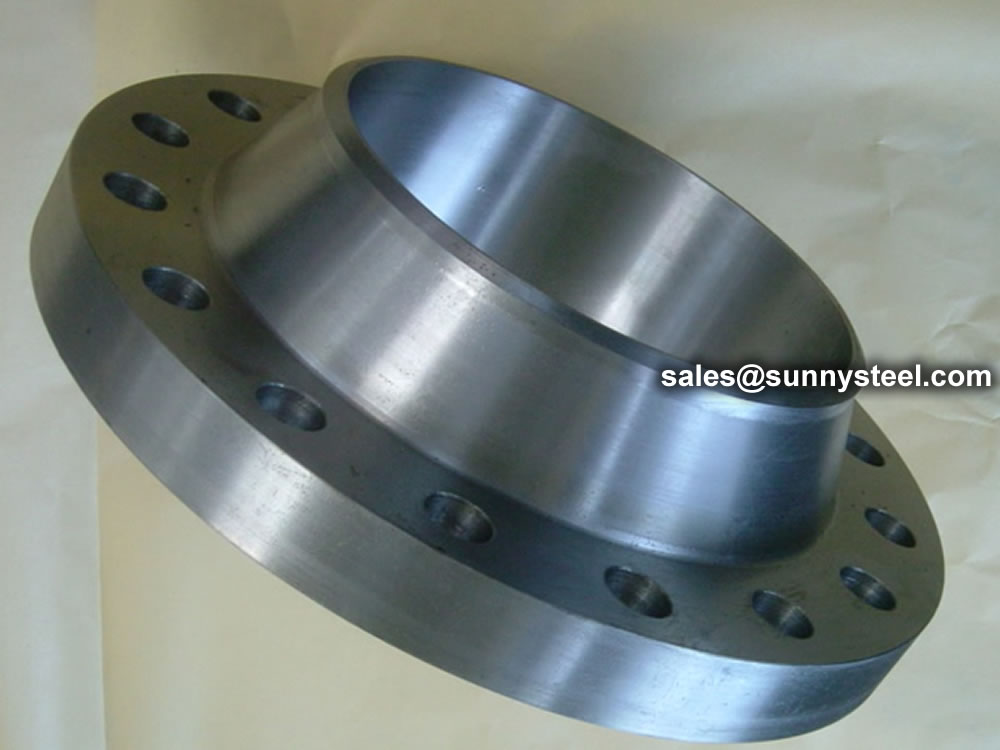
Alloy steel flanges are mainly made up of chromium, molybdenum, and nickel composition along with other products.
Alloy steel flanges are a type of flange made from a combination of metals that are known for their strength, durability, and resistance to corrosion. They are commonly used in high-pressure and high-temperature applications, such as in the oil and gas, chemical, and petrochemical industries.
These flanges show excellent corrosion and oxidation resistance. They are widely used in water lines, oil, and gas, chemical plants, food production systems, etc.
Offered range is stringently tested on various parameters of quality for ensuring flawlessness and defect free. These products are widely used in various industries and widely appreciated by clients for owning unmatchable characteristics. Offered range supplied in quality assured packaging material.
Alloy steel flanges are a crucial component in industrial piping systems, offering enhanced mechanical properties and resistance to various types of stress compared to carbon steel flanges. These flanges are used in applications that demand high strength, toughness, and corrosion resistance, particularly under extreme conditions such as high pressure and high temperature.
Alloy steel flanges are widely used across various industries due to their adaptability and reliability. Common applications include:
While alloy steel flanges are highly durable, regular inspections and maintenance are essential to ensure their continued performance. This includes checking for signs of corrosion, wear, and ensuring that all connections are secure.
Alloy steel flanges are a critical component in many industrial systems, offering unmatched strength, durability, and resistance to harsh conditions. Their versatility and reliability make them the preferred choice for demanding applications across various industries.
Natural, Nickel Plated, Electro Polished Plated or any coating as per customer specification.
Any kind of special die casting sand gravity die lost wax shell moulding castings and cast parts casting produced to user specifications. We can be more competitive than Chinese castings and cast parts made in China Taiwan Asia Korea as traditional Indian expertise in Brass castings and Brass casting is superior and Indian alloy Steel foundry / foundries are more competitive than other S.S. alloy Steel foundries.
Alloy Steel Flanges, Alloy flanges are corrosion resistant and have a wide variety of uses. We carry a variety of threaded flanges, weld neck flanges and slip- on flanges and, of course, we can can custom build steel flanges to your specifications.
Our manufacturing arena is well known in the market that comprises of various flanges one of which is Alloy Steel flanges. They are available in variety such as weld neck, Deck flange, lap joint etc. They are made of steel and other metals thereby forming an alloy. These flanges have undergone stringent quality check and have been certified by national authorities.
The ANSI B16.5 Alloy Steel Slip On Flange can be slid on any pipe and welded in exact positions. They are the most popular and cost-effective flanges in the market. The High Alloy Steel Slip on Flange is made up of high qualities of alloyed material. These flanges contain at least 12% of chromium and are known for their hardenability. Low Alloy Steel Weld Neck Flange is designed with good mechanical properties. These flanges have a protruding hub, which provides support to pipes in high-pressure applications. The 4130 Chromoly Threaded Flange is used as companion flanges in piping systems. Our experienced workers make use of the latest technology and best raw materials whilst producing the ASME SA 182 AS Pipe Flange and our other products.
The Chromoly 4130 Reducing Flange is used to combine pipes of different shapes and sizes. They are designed with a bore having a specified diameter. Alloy Steel Socket Weld Flanges are used in higher-pressure systems having small pipes. They are fitted after applying a fillet weld. The Chrome AS Blind Flange is designed with a boring center. They are used in sealing the nozzles or openings in piping systems. They can be welded permanently or bolted as per requirement. The Alloy Steel Blind Flanges along with, our other products can be easily customized as per your needs in different shapes and sizes. Contact us to know more.
Pipe Flange Standards mainly include three systems in the world, ANSI/ASME flange system(American), DIN flange system(European system), JIS flange system, other system made according to this three systems, like GB flange standard, which mainly made according to ANSI/ASME and DIN flange standard, Duwa Piping supplies those flanges with top quality and soonest delivery time.
The most frequently asked questions regarding flanges and flange fittings have to do with how flanges fit on specific steel tube and steel pipe ends.
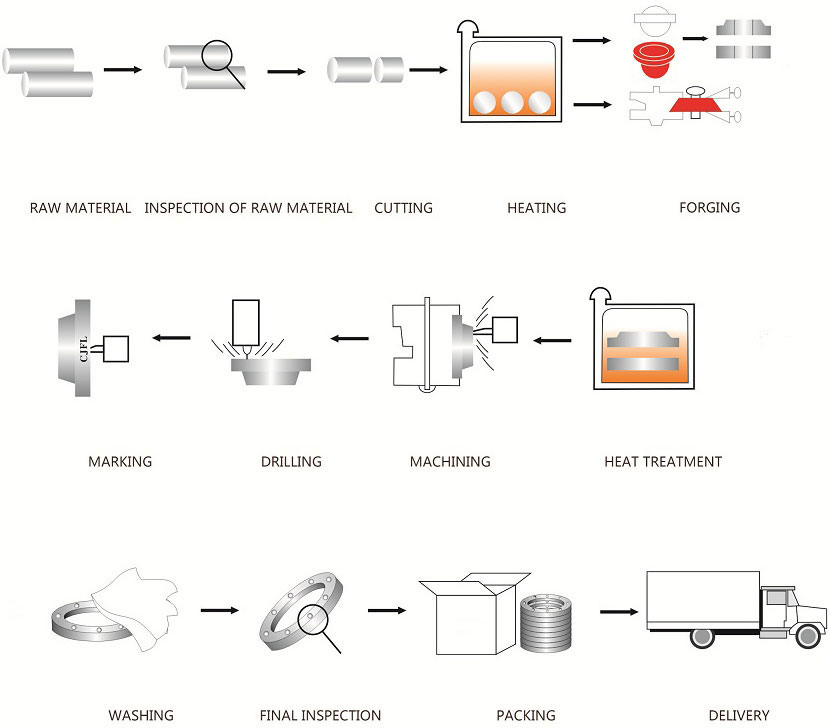
Flanges have flat or flush surfaces that are vertical to the pipe to which they are attached. The attachment process involves mechanically joining two or more faces using bolts, adhesives, collars, or welds. Due to the attachment requirements, a flange must fit the equipment or pipe that it’s designed. That’s why it’s necessary to check all the possible specifications and dimensions to ascertain that it’s of the right size, type, and material.
Pipe flanges, gaskets, and bolts are the three parts that comprise a flanged connection. Gaskets and bolts are typically made of the same flange materials or a material approved for the pipe components. Each component comes in various materials that suit specific applications and must be matched correctly for proper functioning. The gaskets come in two conventional types: full-face gaskets and ring gaskets. Full-face gaskets have the bolt holes visible and pair up with raised-face gaskets. Ring gaskets tend to be smaller rings minus the bolt holes and pair up with flat-faced flanges. Securing the flange components requires matching the surfaces evenly and plumb, adjusting as needed for a uniform fit. Once all surfaces match, bring the flanges together and secure at least two of the bolts. Refine the alignment, so the remaining bolt holes match and their corresponding bolts are tightly secured.
Properly sizing a flange for pipe use depends not only on the type of flange but its compatible piping. The pipe must slip into the flange’s inside diameter easily and securely, and the outside diameter should cover wall holes. Once you determine the specific flange type and material you need for the job, you’ll need to take several measurements. The four measurements you’ll need are the inside diameter, outside diameter, bolt hole count, and bolt hole center. You’ll need to align each of these measurements from opposing bolt holes to get the most accurate readings. Take all measurements from edge to edge and try to get as precise as possible to match the correct product. Round up bolt diameter to the next half or whole step since bolts measure half or whole inches. Once you have all four measurements, check them against the manufacturer’s table to find the correct flange. Most manufacturers list these specifications on their websites for easy reference.
Before dispatching from manufacture each flange is inspected to ensure quality. During an inspection you have to check the following;
ASME B16.5 and B16.47 standards cover permissible tolerances for inspection.
Flanges are used to connect pipes or other equipment components in various industries, and they come in a variety of materials and sizes. Flange material standards are developed by standard-setting organizations and describe the properties and characteristics of different materials that can be used to make flanges. Some examples of commonly used flange material standards include:
The choice of flange material standard will depend on various factors such as the application, the environment, the fluid being transported, and the required performance characteristics. For example, high-pressure applications may require flanges made from materials with high strength and durability, while corrosive environments may require flanges made from materials with good resistance to corrosion.
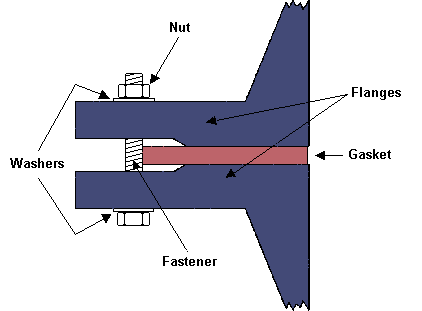
There are many ways to connect flanges, including threading, welding or bolting. The threaded flange is best for low pressure or smaller pipelines because it can maintain its seal. When your pipeline is larger or high pressure, then the welded flange is preferable. A boiler room is one place where welded blind flanges might be used, due to the high pressure involved.
Flanged joints: flanges, bolts and nuts and gaskets
A flange is a external rib at the end of pipes, valves and other flow devices to assemble them.
Dimensions of the flanges are up to specific Standards : DIN, ANSI, AS, BS, JIS
A flanged connection requires two flanges (the “main” and the “companion”), a set of bolts and nuts (whose number depends on the flange diameter and class) and two sealing gaskets. Flanged connections have to be executed and supervised by trained personnel, as the quality of the joint has a critical impact on the performance of the piping system / pipeline (the standard TSE – TS EN 1591 Part 1-4, “Flanges and their joints”, defines a number of requirements for the execution of proper flanged connections). Whereas all elements of the joint are critical, experience shows most leaks are originated by the improper installation of the sealing elements, i.e. the gaskets.
The typical pipe to flange connections are welded or threaded. Welded flanges are used for pipelines and piping systems with high pressures and temperatures, and with diameters above 2 inches.
Threaded connections are instead used for installations of smaller diameter and not subject to severe mechanical forces such as expansion, vibration, contraction, oscillation (forces that would crack the threaded joint). In all these critical cases, butt weld connections are recommended.
Steel flanges must be packed with seaworthy packing method then delivery to customers, usually the packing way include wooden box, wooden pallet, iron & steel cage, iron & steel pallet etc.

Flange markings are governed by ANSI ASME codes. Flange marking includes;
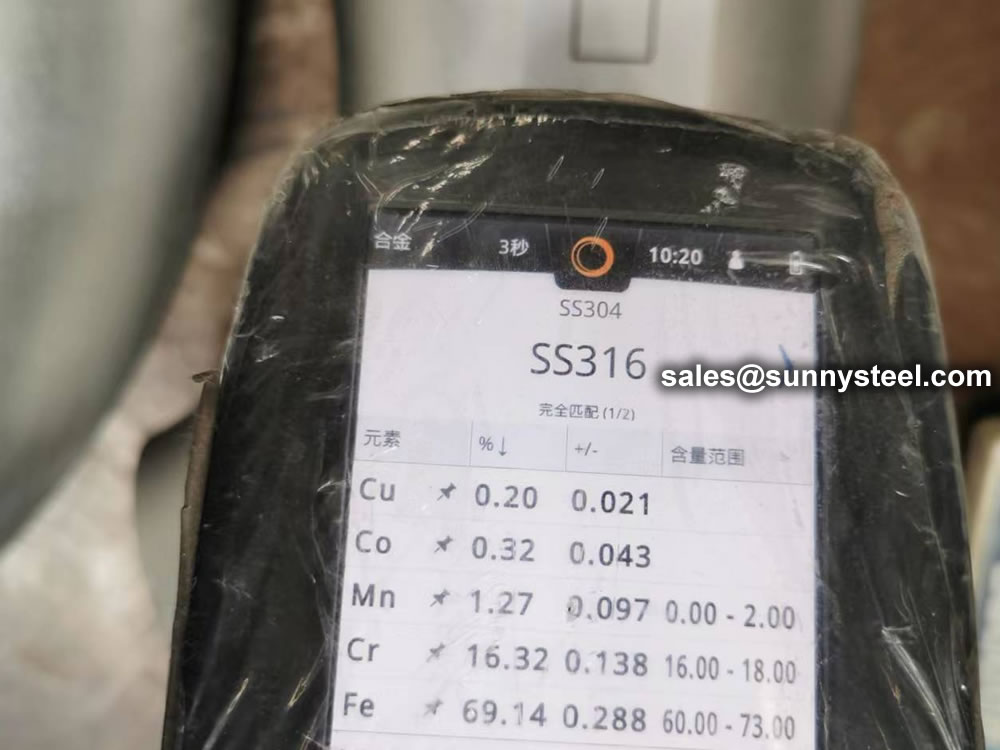
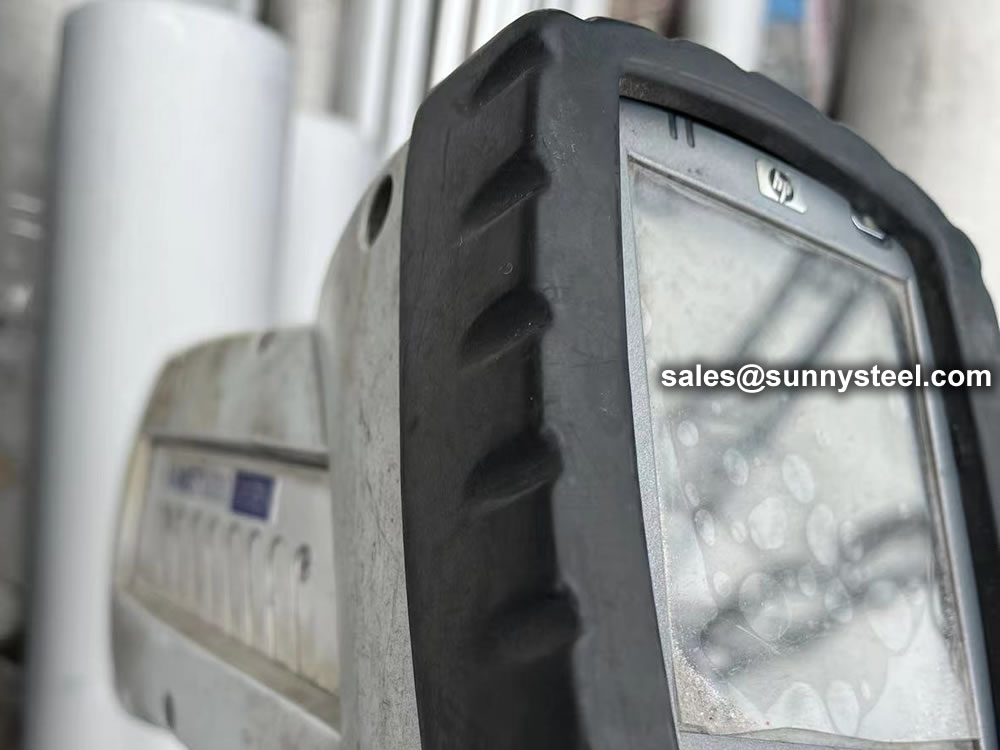
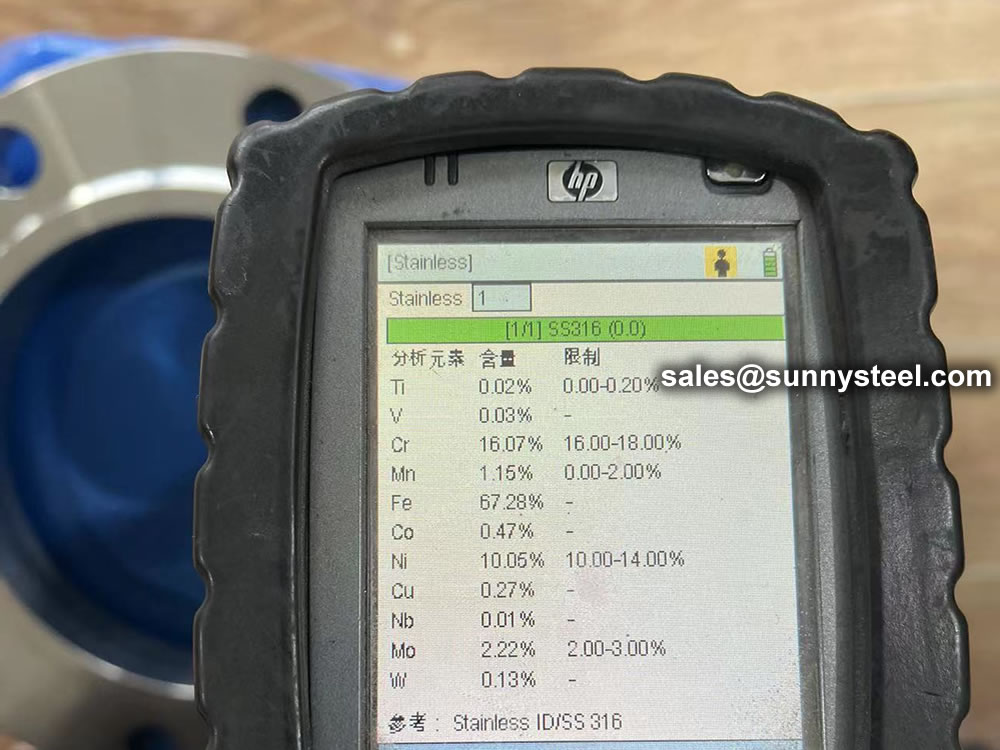
ASME B16.5 and B16.47 standards cover permissible tolerances for inspection.
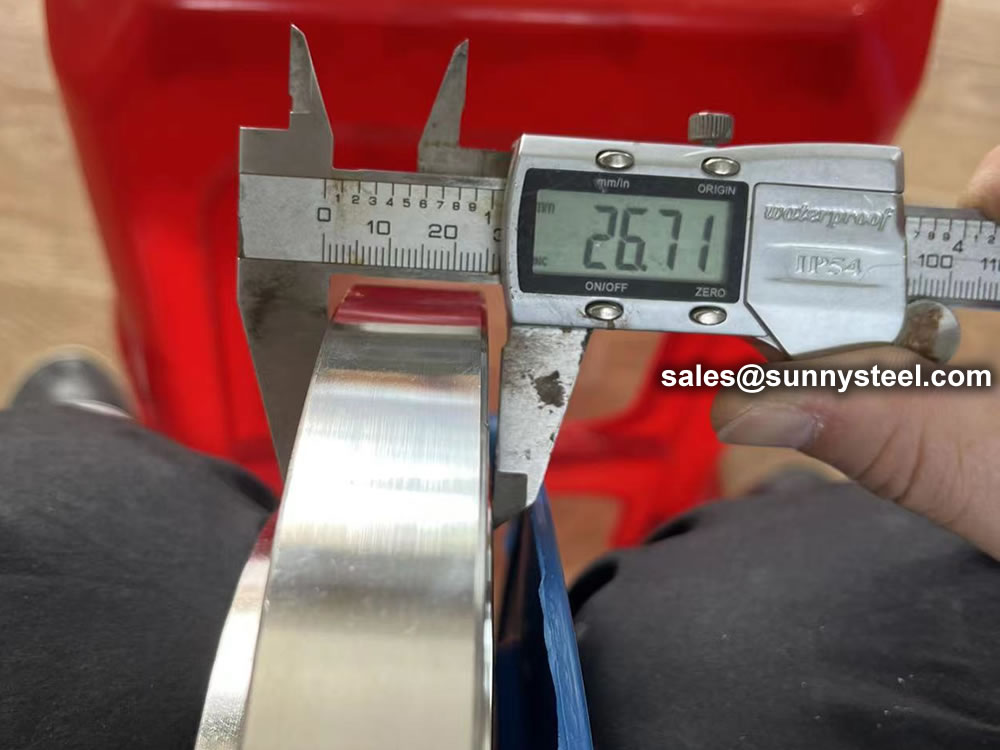
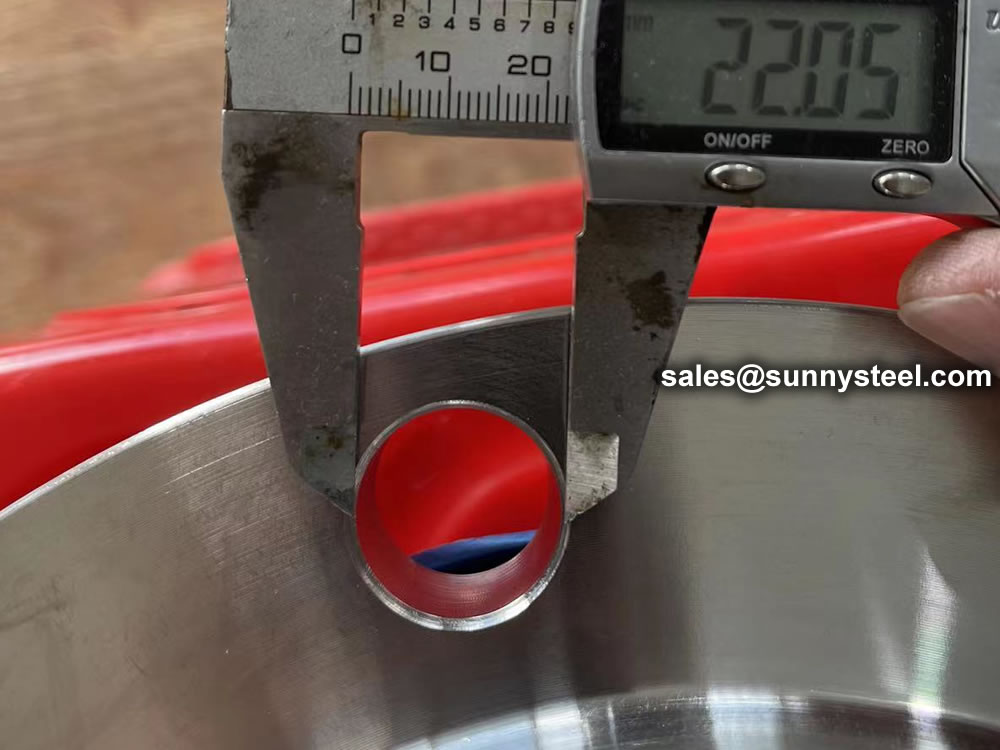
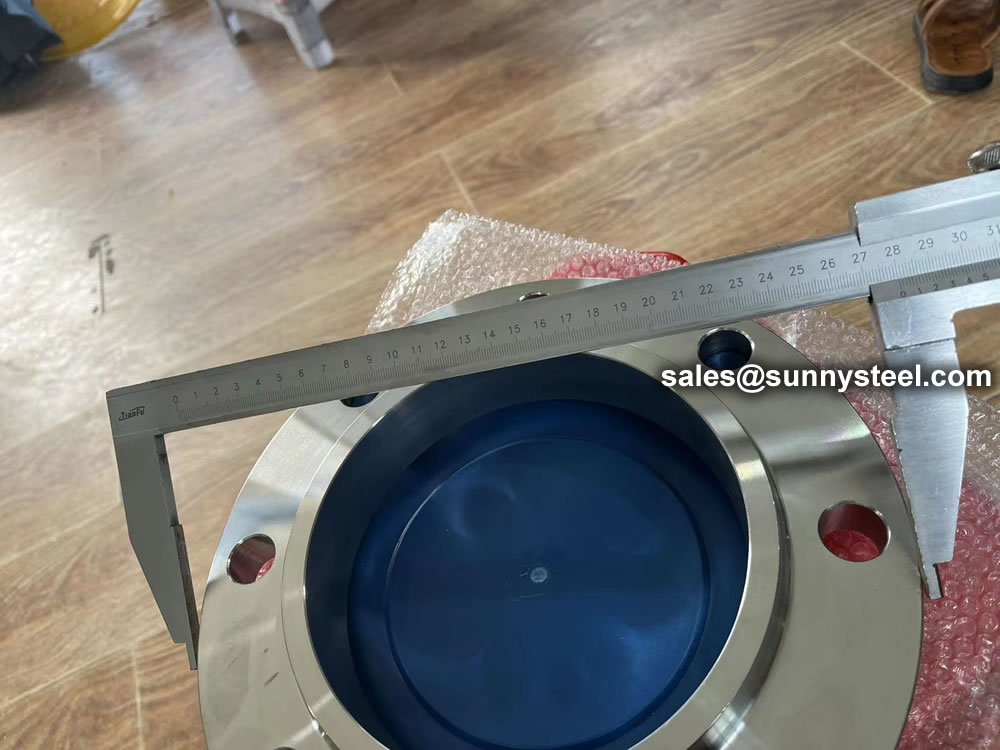
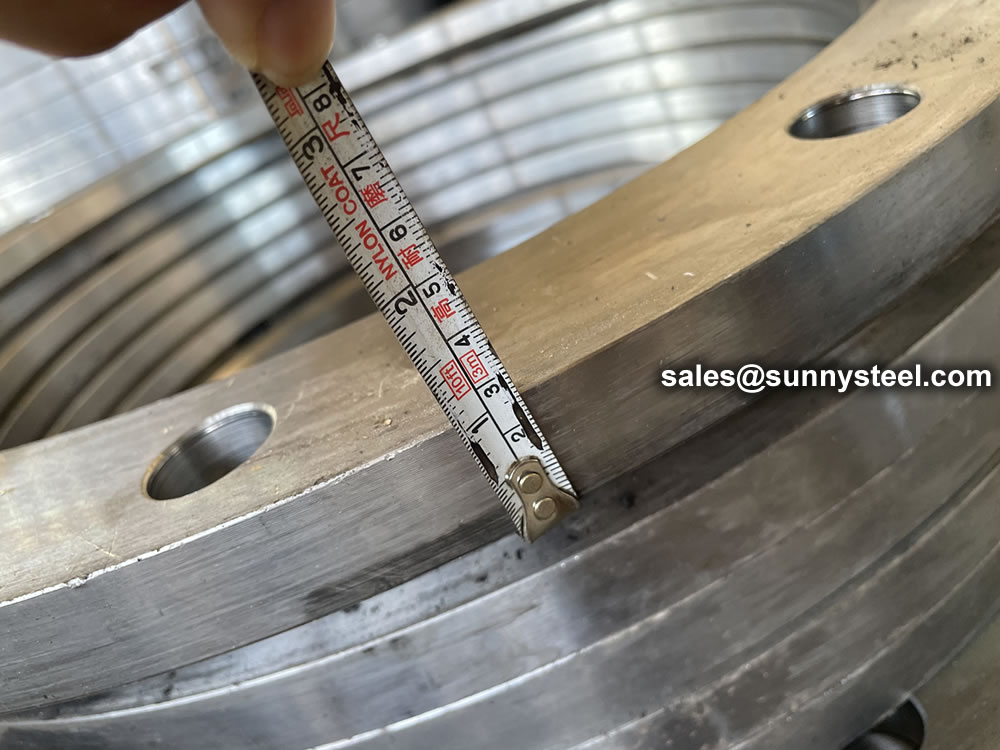
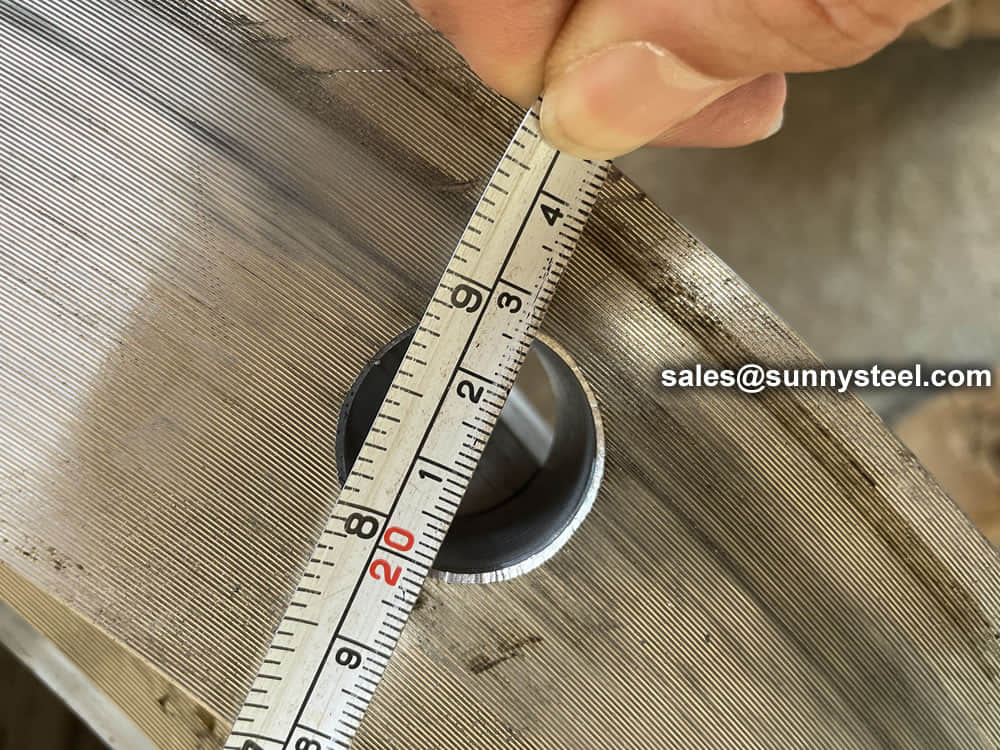
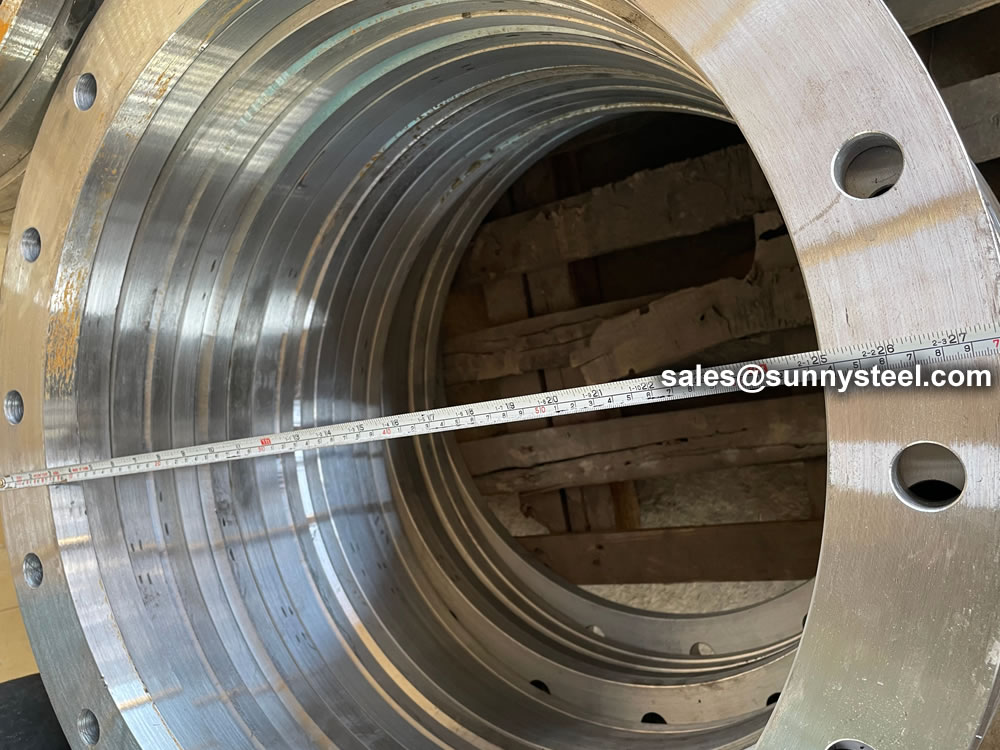
Because of the normal wooden boxes or wooden pallets have to do fumigation treatment, we usually use plywood pallet or plywood case or box to pack steel flanges without fumigation treatment.
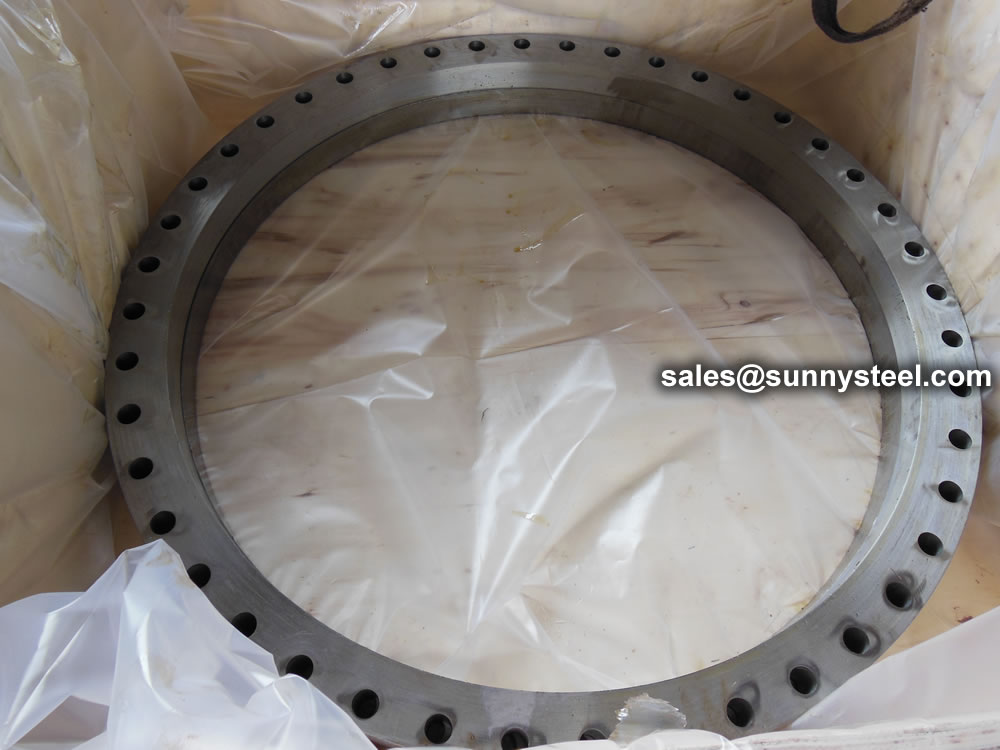
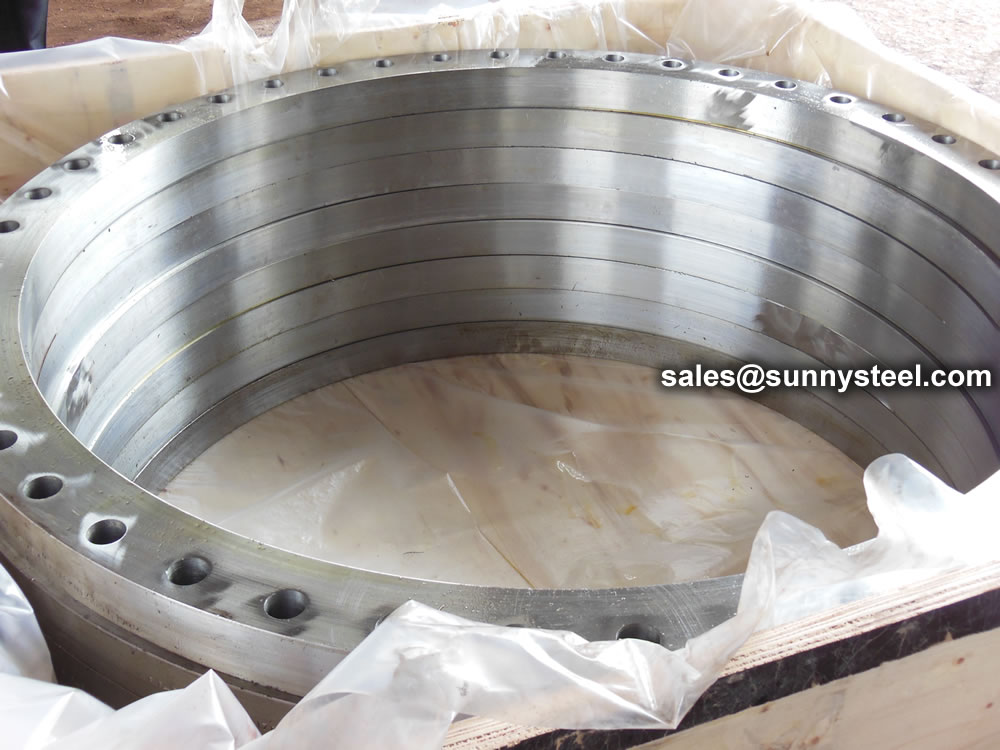
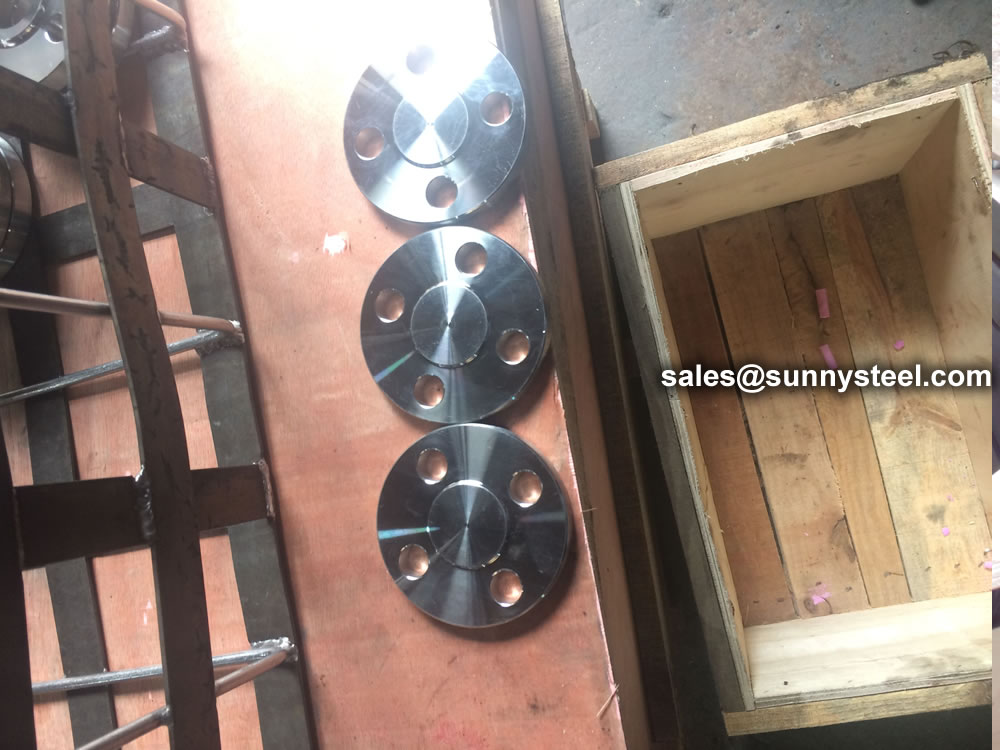




When you partner with Sunny Steel, you can stop worrying about meeting deadlines thanks to our responsive and timely service. You'll also say goodbye to unnecessary shopping around. Instead, you'll get white glove service from an expert who understands your needs and can get you the materials you need quickly.
